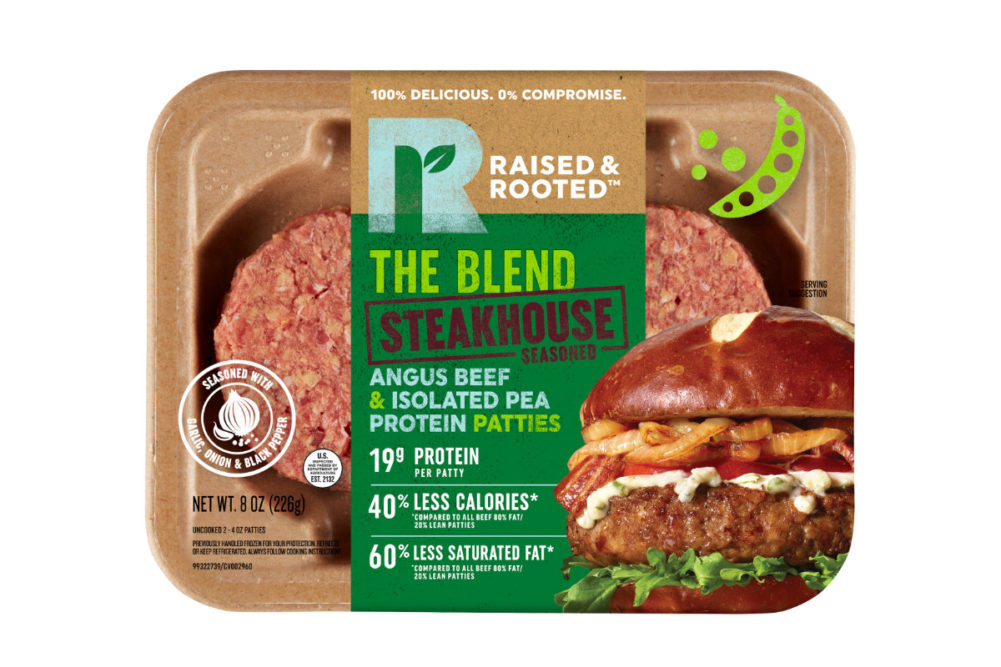Product developers are increasingly including dietary fiber ingredients into formulations to improve a product’s healthful halo, as fiber is recognized with positively influencing gastrointestinal health, assisting with weight loss and providing other wellness-related functions. When it comes to meat and poultry, fiber addition has historically been less about health and more about product performance. That’s because some fibers bind water, helping to ensure a juicy, succulent product. Increasing moisture content also assists with yield.
This is important in retail packaging, as no one wants to see juices sitting in the package when they should be in the product. Binding moisture also ensures the juices stay in the product during cooking. This is particularly important in products exposed to heat for long periods of time, such as sausages on roller grills and under heat lamps.
Heat-and-eat meats should not dry out. Meats used in microwaveable sandwiches are particularly susceptible to moisture migration, with the bread component pulling moisture from the meat. This dries out the meat and makes the bread soggy. Binding moisture is paramount in such products and fiber ingredients may assist.
Since the start of the 21st century, the scientific community has gained a much better understanding of the many varied forms of dietary fiber and their different roles and benefits. The US Food and Drug Administration (FDA) defined fiber — for the first time — on May 27, 2016, as “non-digestible soluble and insoluble carbohydrates (with three or more monomeric units), and lignin that are intrinsic and intact in plants; or isolated or synthetic non-digestible carbohydrates (with three or more monomeric units) determined by the FDA to have physiological effects that are beneficial to human health.”
Soluble fiber, as the term suggests, describes fiber that is soluble in water. This includes beta-glucan, fructooligosaccharides (FOS), galactooligosaccharides (GOS), gums, inulin, pectin, polydextrose, psyllium, some hemicelluloses and resistant maltodextrin. Many absorb water and form a viscous gel that traps dietary cholesterol and bile acids and carries them out of the body. This viscous solution has also been shown to trap carbohydrates, slowing their digestion and absorption. This may help prevent wide swings in blood sugar level during the day, as well as have an impact on the development of diabetes.

Some soluble fibers, such as inulin, FOS and GOS, are not viscous, rather, they are fermentable. They function as prebiotics to promote the growth of beneficial intestinal bacteria, positively impacting digestive health.
Insoluble fibers are not soluble in water and are best known for adding bulk to stool, helping to prevent or alleviate constipation. These non-viscous fibers include lignin, cellulose and some hemicelluloses. Many vegetables and cereal grains are rich in insoluble fiber, with the highest amounts in wheat and corn. These fibers add solids to meat and poultry, with some contributing to texture, especially in blended products and plant-based alternatives.
Tyson Foods Inc., Springdale, Arkansas, includes cellulose in its new Raised & Rooted line of fresh plant and animal protein blends. The products combine lean Angus beef with pea protein isolate.
There’s a third type of fiber known as resistant starch which, and as its name suggests, resists digestion in the small intestine. It is not soluble in water yet is fermented like a soluble fiber in the colon.
While fiber added to meat and poultry is usually for moisture binding, some formulators may want to make a fiber content claim to help consumers bridge the gap between dietary recommendations and actual intake. Only 5 percent of the US population meets dietary fiber requirements, according to the American Journal of Lifestyle Medicine. Consuming fiber-enhanced foods is one of the best approaches to meeting the daily recommended intakes, which the Dietary Guidelines for Americans 2015-2020 states as 14 grams for every 1,000 calories of food consumed. For an average adult, this is about 25 grams for females and 38 grams for males.
Products with 2.5 grams or more of fiber per serving may claim they are a “good source of fiber.” Those with 5 grams or more may be described with a “high-fiber” claim. If either is a goal for meat and poultry processors, it is often best to use lower levels of multiple sources of dietary fiber to overcome processing and product quality challenges that may result when higher amounts of any one fiber are added to the meat matrix. Potential applications include balls, loaves, nuggets, patties and sausages.


